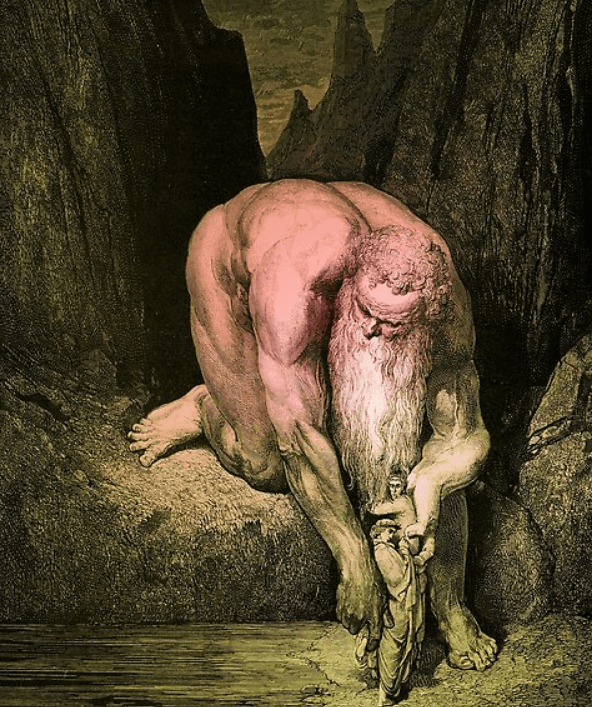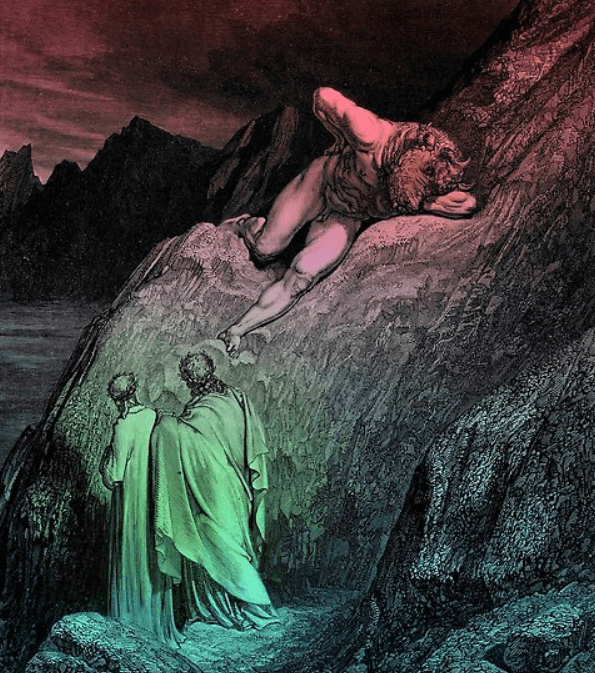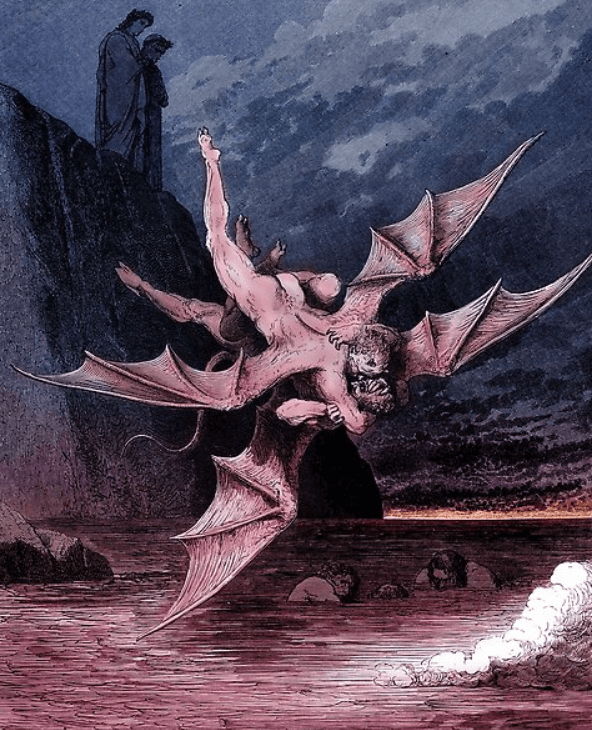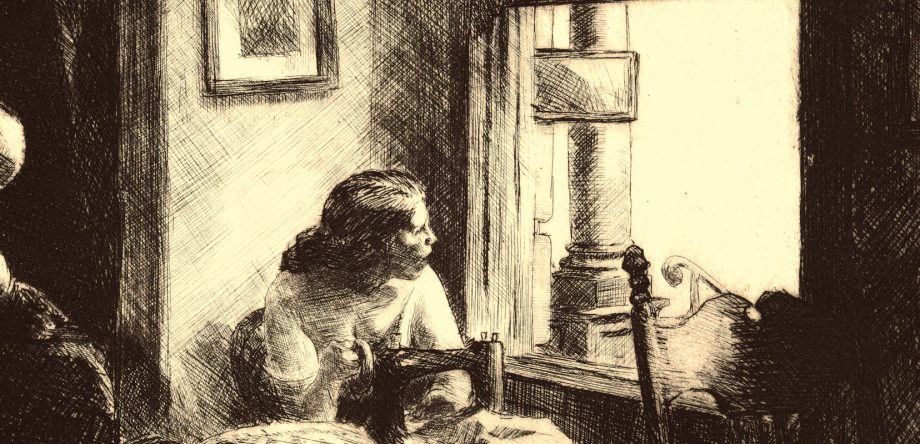Paul Gustave Doré was a French print maker, illustrator, and painter who is best known for his wood and steel engravings, especially those illustrating classic works like the Bible and Dante’s Divine Comedy. He achieved great international success and became perhaps the best-known artist using this printmaking technique.
Later in his career, when he had gained much commercial success, his role was as a designer. At the height of his career he employed dozens of cutters and engravers who cut his drawings for large print runs onto steel drums ready for printing.
In all he created some 10,000 illustrations in his lifetime, many of which were rough sketches and designs that were fleshed out and completed by his workforce.
In 1857, Doré provided 75 illustrations for the first part of Dante Alighieri´s Divine Comedy, Inferno. The book was published in book form in 1861 and was an immediate commercial success, with much praise for Doré’s artistic skills.
The Divine Comedy is a classic Italian narrative poem that Alighieri begun around 1308 and completed in by 1321, shortly before the author’s death. It is widely considered the pre-eminent work in Italian literature and one of the greatest works of world literature.
The poem’s imaginative vision of the afterlife is representative of the medieval worldview as it existed in the Western Church in the 14th century. It helped establish the Tuscan language, in which it is written, as the main Italian language.
The Divine Comedy is divided into three parts: Inferno, Purgatorio, and Paradiso. Dore completed the illustrations for the second and third parts, Purgatorio and Paradiso, in 1868 and they were published by Hachette in that year as a single volume. Since then, Doré’s Divine Comedy illustrations have appeared in hundreds of editions and translations of Dante Alighieri’s original works.
Featuring a mix of sculpted nudes, gorgeous landscape, and elements of then popular culture, Dante illustrations perfectly matched the poet’s vivid imagination. One critic remarked: “we are inclined to believe that the conception and the interpretation come from the same source, that Dante and Gustave Doré are communicating by occult and solemn conversations the secret of this Hell plowed by their souls, traveled, explored by them in every sense.”
As a long-term hobby project I’ve been working to tint many of Doré’s original black-and-white illustrations both for fun and to deepen my own appreciation of them. You can find many of these tinted engravings in my Redbubble shop at high-res-print.redbubble.com. Enjoy!











